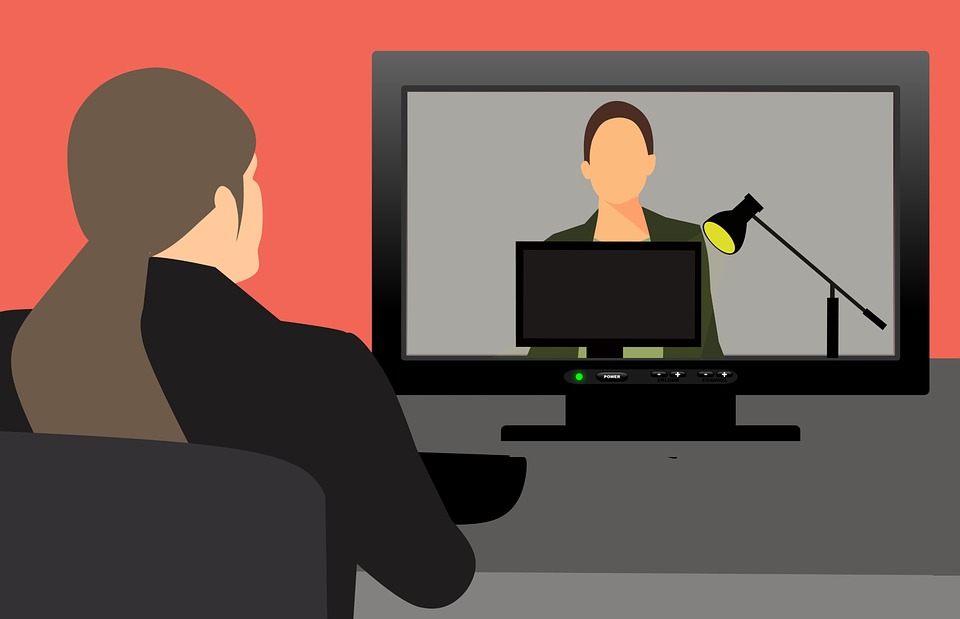
May 13, 2019, by Megan Barnard
Does lecture capture lower your grades? Insights from the April 2019 PLATE meeting.
I love creating lectures based on the topics I’m interested in. I spend weeks creating a lecture on the relationship between video games and cognitive psychology, or I spend even longer trying to create an engaging and interactive lecture on how alcohol and drugs affect our driving. Come the day of the lecture, the nerves are building up. Will students even like what I am teaching? However, once I’ve finished my lecture I ask myself another question. Why did so few students attend?
The answer to this may lie with technology. Lecture capture systems have become widely available within the last few years; it means that academics can now record their lectures using Engage, and upload them onto a cloud-based service where students can watch recordings at a later date. Academics can also view analytics on their videos, to see how many views they have and how long their videos are watched for.
Statistics from the 2016/2017 academic year at the University of Nottingham show that over 20,000 students benefited from lecture recordings, and that across the University videos were viewed over 500,000 times. There is little doubt that lecture capture does have its benefits. Most notably, it supports those who need extra time to write notes or absorb information, thus the technology itself compliments the University’s Equality, Diversity, and Inclusion Strategic Plan. This is supported by research; a recent paper investigating the use of lecture capture in first-year across economics, mathematical, and management degrees found that those living further away, therefore finding it more difficult to attend lectures, were more likely to use recordings (O’Brien & Verma, 2019).
However, as an academic, I often wonder if there are any drawbacks to lecture capture. Are my anecdotal concerns about student attendance founded on any evidence? Recent evidence suggests that this may be the case. A paper released in the March 2019 edition of Higher Education looked into the impacts of lecture capture availability and lecture capture usage on student grades (Edwards & Clinton, 2019). When lecture capture was made available, there were significantly lower attendance rates and coursework grades on a quantitative research methods module compared to before the introduction of lecture capture. Furthermore, they found that the availability of lecture capture was negatively associated with final module grades, due to decreases in lecture attendance. Finally, they found no evidence for a relationship between lecture capture usage and attainment. This means that using the lecture recordings, regardless of attendance, doesn’t necessarily equate to a higher final grade.
These findings seemed concerning to me. Considering the positive reception that students give to e-learning (Karakostas, Demetriadis, Ragazou, & Amarlariotou, 2010), they may not be aware of the risks of not attending lectures on the assumption that the lecture will be available online afterwards. I brought the Edwards & Clinton (2019) paper to the April 2019 PLATE meeting; I asked attendees, in the light of such evidence, what can we do to increase lecture attendance, or at least ensure students are aware of the risks associated with relying solely on lecture capture?
One answer that may seem obvious is to make lectures compulsory. Whilst this would increase student attendance, students should come to lectures because they want to learn, not because they are under duress. Alternatively, the lecture recording debate could be infused into the curriculum somewhere. For example, I teach a workshop on critical thinking to first-year psychology students. A good critical thinker will often consider both sides of an argument before reaching a conclusion. What may be useful is to ask students in that workshop to critically evaluate a paper that suggests that lecture capture technology is either beneficial or detrimental to the learning experience. Using this method, students would be able to consider both sides of the argument, and any risks associated with not attending lectures if you know a lecture will be online just hours later. Similar discussions around the use of lecture capture could also be incorporated into our first- and second-year seminars.
Generally, the consensus was that lecture capture is a useful resource, that is particularly helpful to those who need extra time to take notes. However, it can affect attendance; not only does this have the potential to make an academic feel undervalued when they are delivering a lecture, but it could also have implications for student attainment. The question of whether we provide additional encouragement to students to attend a lecture, or accept the changes that lecture capture bring to the classroom, is not an easy one to answer. All I know is that once my lectures are ready, I’ll turn up, press ‘record’, and hope for the best.
What do you think of lecture capture? If you have any comments about this article, feel free to tweet us at @notts_psych, or tweet the author at @MsJonesMP .
Written by Dr. Megan Barnard (Teaching Associate, School of Psychology)
No comments yet, fill out a comment to be the first

Leave a Reply